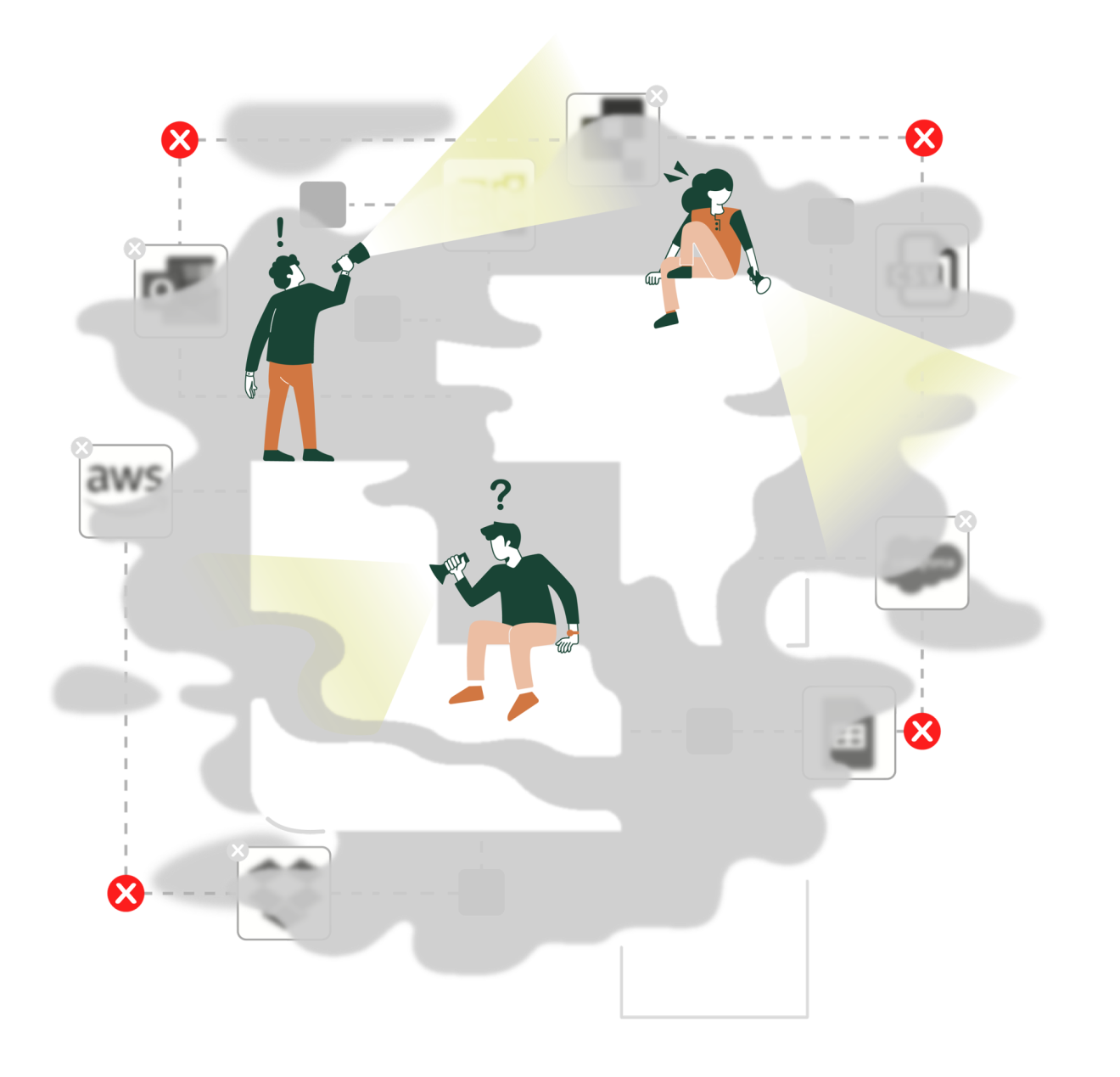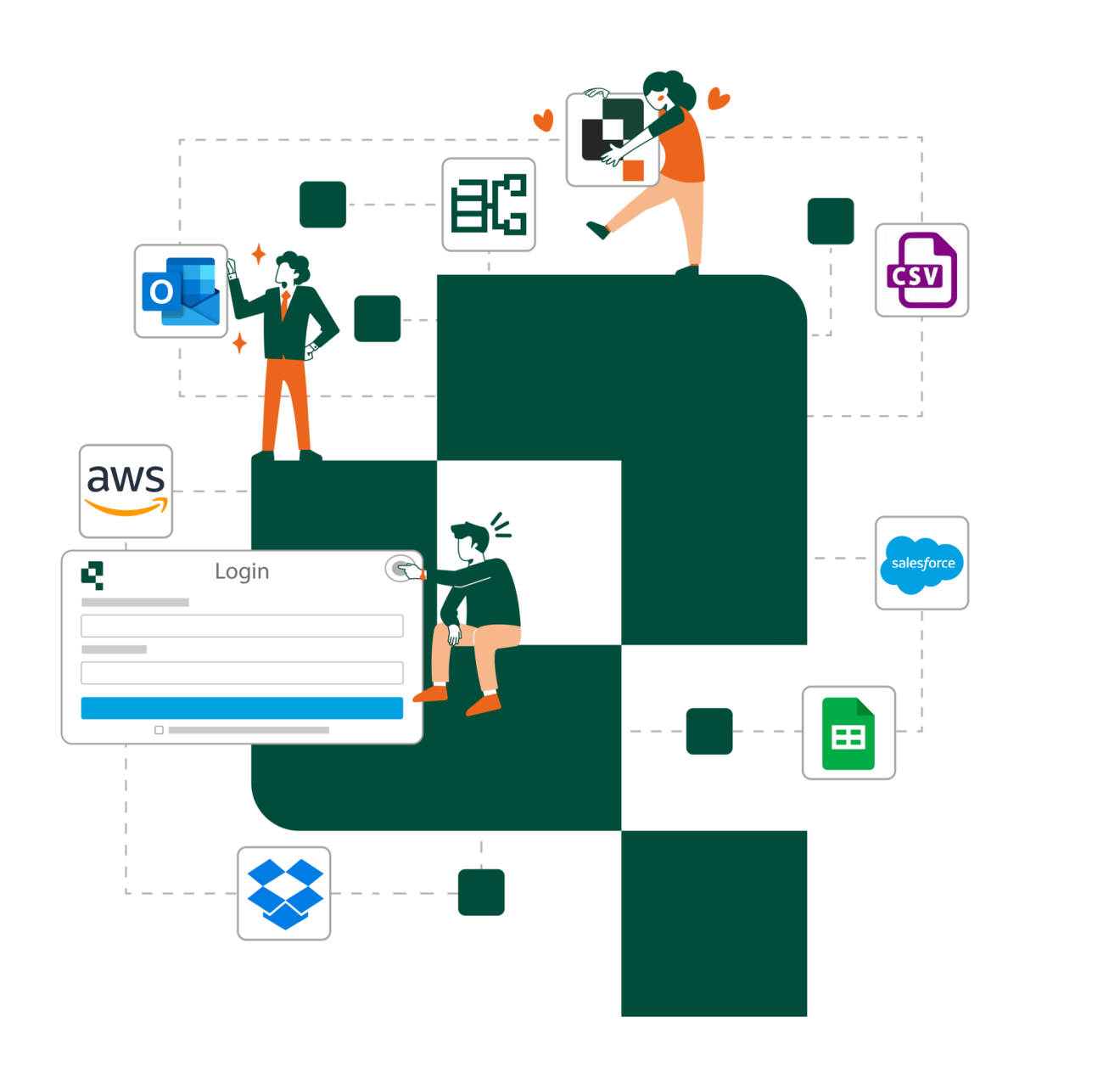2025 Gray Work Research
Our Annual Look at the State of Productivity
An inside look at the tools, processes and breakdowns that make work feel harder, and what we might be able to do about it.

“Gray Work” is the work done in ad-hoc solutions to make do and get by when your technology doesn't work for you. It is in systems that aren’t connected, it is built on the fly, and it is not conducive to strong collaboration. It impacts revenue, productivity, and employee frustration at scale.
Gray Work eliminates the ability to effectively collaborate, as data and processes are stuck in disconnected, separate systems. It also causes risks for an organization, with data held in systems that may not be secure. Lastly, with different teams having different sets of data, it can cause duplicate work or mismatched data, ultimately leading to project delays, budget overages, and lost revenue.
According to McKinsey, organizations are leaving $900 billion in productivity on the table due to miscommunications and time spent gathering information.
Manual systems or systems that are disconnected are the biggest culprits for Gray Work. Offline spreadsheets in Excel or spreadsheets in personal folders can be a major challenge when people don’t have the centralized tools they need to get work done. People may also customize tools in a way that makes it inaccessible to others in the organization, again removing any chance for connection.
More than anything, continued frustration with tools and processes is your biggest tell that Gray Work is a challenge.
Reduce information overload: Get the right information at the right time, no matter where you work, and how you work, across devices.
Do away with fragmentation: Easily manage information and all your resources — whether digital or physical — across locations and diverse teams
Tap into your full employee potential: Allow your people to innovate like never before, turning extraordinary work into dynamic impact




